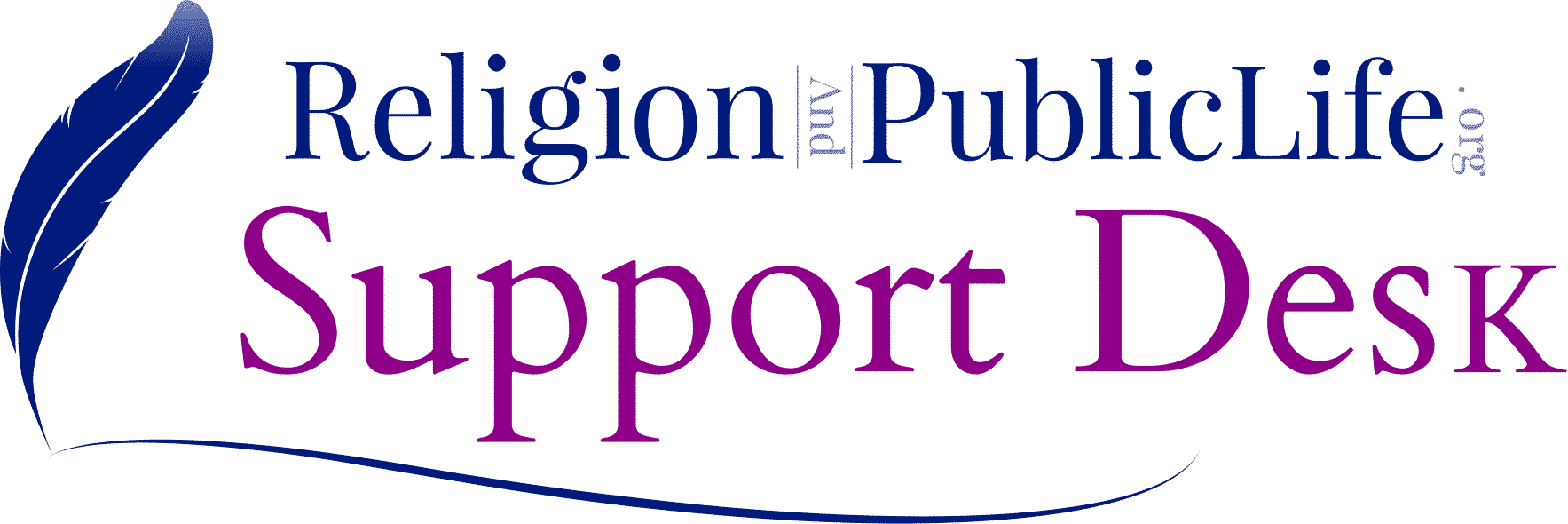The 3Bs of Religious Identity Formation
The faculty at ReligionAndPublicLife.com recognizes that individuals and communities construct their religious identities in complex ways.
Benjamin P. Marcus, special advisor to The Foundation for Religious Literacy, notes that studying “religious identity development” requires recognition of the historical, political, geographic, and economic factors that shape the beliefs people hold, the behaviors they exhibit, and their membership within multiple intersecting communities. Put simply, beliefs, behaviors, and the experiences of belonging to communities—including but not restricted to only religious communities—shape and are shaped by one another.
▸ Beliefs and values include theological, doctrinal, scriptural, and ethical evaluative claims about daily life as much as those about a transcendent reality or experiences of the divine.
▸ Behaviors include practices associated with rites, rituals, and life both inside and outside of strictly religious settings.
▸ Experiences of belonging include membership in religious communities and other social communities with intersecting racial, national, ethnic, familial, gender, class, and other identities.
Reference: Benjamin P. Marcus, “Chapter 4 – Religious Literacy in American Education” in Michael D. Waggoner and Nathan C. Walker, eds., The Oxford Handbook of Religion and American Education. New York: Oxford University Press, 2018.
Nate Walker is the author of this solution article.
Did you find it helpful? Yes No




